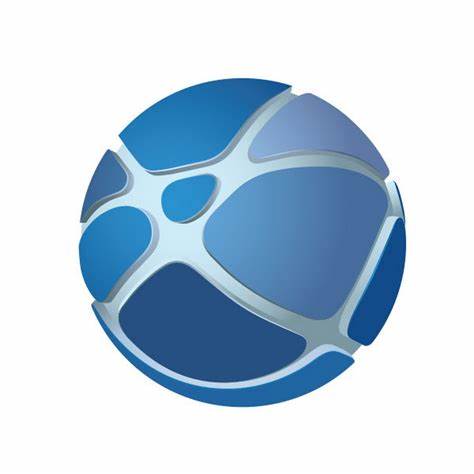Growing up, when my mom was teaching me how to use the Microsoft suite, she would challenge me to break it. At the time, this challenge was presented as a method to build my confidence in the software, but, as I got older and started diving into CAD software, I found this approach of seeking the limits to be a huge help. By being willing to make mistakes – and, to some degree, actively trying to make them – I’ve been able to quickly get comfortable with a number of software titles and become flexible with how I approach design.
At SolidProfessor, I create training materials across multiple software titles and often need to quickly reacquaint myself with specific functions and quirks. Rather than getting bogged down trying to remember exactly how those functions work in a specific software, I look back at those lessons from my mom. Depending on what I’m working on, there are three main strategies I use when learning something new. To start, I’ve found it best to just dive in.

Dive in and explore
When I begin creating a lesson, my first instinct isn’t to go to the help files. Instead, I launch the tool and try it out. For example, if I’m working on a lesson about the various fillet types in SOLIDWORKS, I start by making a simple model or pulling something from an old project. Next, I try all the buttons and sliders in an effort to understand exactly how the tool works. If I can’t figure out what effect something has, then I go to the help file.
By approaching learning in this way, I’m not boxed in by the wording or examples of others and benefit from exploring on my own. Though this often means I make simple mistakes, it also means I gain a deeper, more intuitive understanding of the topic. Additionally, I walk away knowing what kinds of models are available for future projects.
Tap into existing knowledge
If I need to create a lesson for more complex topics, such as simulating stress plots, trying out the various functions of a tool and creating a new dataset with an easily viewed plot can be very time consuming. In these situations, I utilize the small-scale knowledge I’ve built up over time to make efficient decisions.
Using the hands-on experience I gained while learning about the application of fillets, I focus on the model’s fillets to try and adjust the plot, rather than changing the overall geometry.
When I take the time early on to dive in, explore, and push the boundaries, I make more efficient design decisions and simplify complex projects.
Work backwards with real-world examples
Building up the depth and breadth of experience needed to for this takes time, so it can be difficult when I hit a roadblock and have no experience to look to. In those situations, I always try to find an analogous real-world example. Then, I try to figure out why certain decisions were made and apply them to my own models.
Working backwards helps break down complex issues and is a great way to design from scratch. Going back to the example of making a lesson on how to use fillets, the first thing I need is a strong dataset. It needs to be able to show off all the elements of the command I want to draw attention to, while still being relatable. That means I need to create a relatable model with real-world applications rather than a random shape, such as a box.

Rather than trying to shoehorn a realistic model to match the fillets I want, I can conceptualize all the elements I want to show, then design a custom model to fill those requirements. The stricter the rules, the better and more focused the model I’ll end up with.
Pushing the limits
A willingness to make mistakes and push the boundaries early in the learning process allows me to build a foundation of skills and knowledge I can confidently utilize in future projects. In those situations where I haven’t built up my knowledge base, looking to real-world examples helps me refocus and push my own boundaries. By embracing failure and continuing to seek out ways to push the limits, my designs will constantly improve.
























